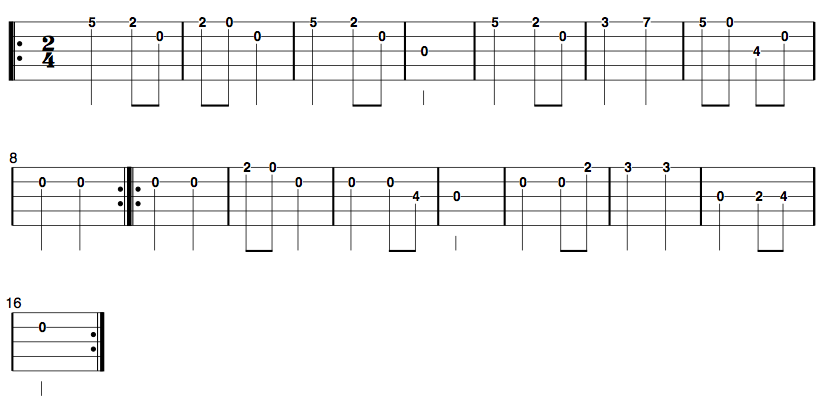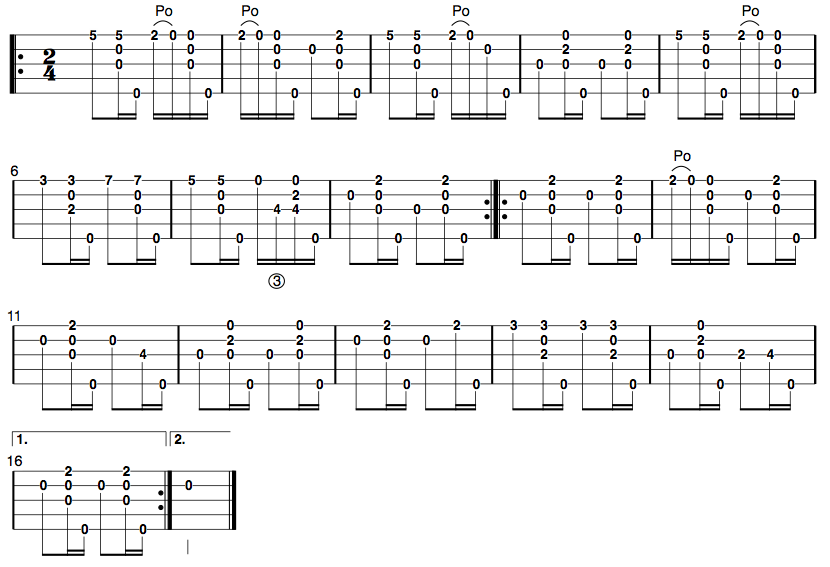Season 2: Solo Clawhammer Classics
Episode 4: “Fortune”
As I mentioned in the introduction to season two of the Clawhammer Core Repertoire Series, this season is all about classic solo clawhammer tunes. Not surprisingly, many of these classics also happen to be my personal favorites.
And “Fortune” is no exception.
In fact, it just might be my “desert island tune.” In other words, if I were forced to play one tune for the rest of my days, it just might be this one. And it’s one that once I get started playing, I find a hard time stopping. My wife can verify this.
I hope you have the same experience.
Step 1: Know thy Melody
According to the cardinal rule of tune learning, we must first ensure that said learning is irrevocably imprinted into our sonical memories before proceeding with the business of playing it.
So, first take a listen to my final arrangement played in the video above. After that, take a listen to the version on fiddle linked below by Tommy Jarrell. Fortune is one of those iconic tunes from the Round Peak tradition, so who better to listen to for inspiration than Mr. Round Peak himself.
Step 2: Find the Melody Notes
After you’ve listened enough times for sonical imprintation, now it’s time to find those melody notes on the banjo.
Fortune is traditionally played in the key of D, so get thy banjo to double D tuning, aka aDADE, and then see if you can find the essence of this tune on your banjo. We’re just looking for the basic notes right now, so hold the bum ditties for later.
And here’s how that looks in tab:
 Step 3 – Add Some Clawhammery Stuff
Step 3 – Add Some Clawhammery Stuff
Now, full clawhammerization may commence. Let’s take that basic melody above, add in a “ditty” stroke after our basic melody notes, throw in a few syncopated embellishments with the odd pull off and hammer on, and we get something that sounds like this:
Nothing too fancy here, but it sounds mighty fine already. Here’s what that version looks like in tab:
 Step 4: Embellish to Taste
Step 4: Embellish to Taste
At this point, see what else you can do with this tune. Play it whatever way suits your ears best. In my version from the video above, I’ve added a few more fretting hand embellishments, as well as the occasional drop thumb. Notice also that I like to move the melody lower in measure 14 for a little change of pace.

Notes on the tab: Drop thumbs are noted with a “T” underneath the tab. Notes with a shaded box around them are “skip” notes, in which you move as if you are going to strike the string with your picking finger, but don’t actually do so (i.e. you “skip” over the note).
Also, feel free to sing a verse or two. There are several floating around in the old timeyverse, including those I sing in the video.